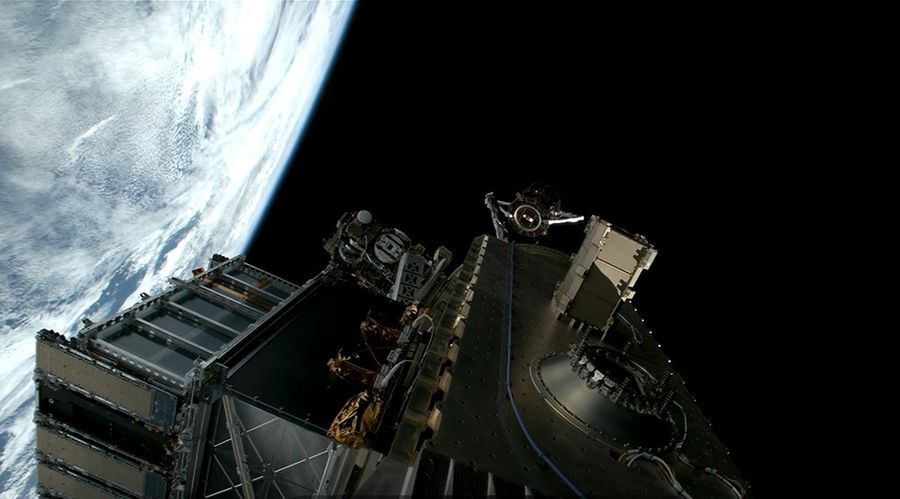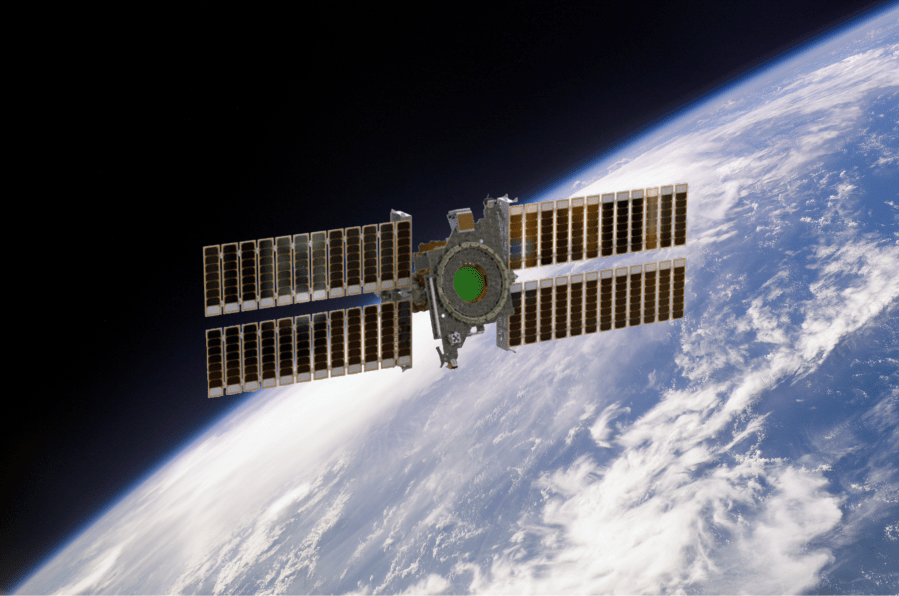Eight of 11 Expedition 73 crew members on the International Space Station enjoyed a light schedule on Wednesday following four busy days of departure and arrival activities for NASA’s SpaceX Crew-10 and Crew-11 missions. The other three orbital residents studied how the human body adapts to weightlessness, photographed crew operations, and maintained lab systems throughout the day.
Dragon Crews Relax Ahead of Upcoming Crew-10 Departure



































